Stone tools, of course, were also found. It is actually the finding of quartz deposits that were not native to the area that had them looking for who was responsible for bringing them to the cave. Just like the large number of bones that were found, there were also a large number of stone tools. There was “evidence” of a controlled fire and it was thought that Peking man was cannibalistic because of how the bones had been torn to get to the brains and bone marrow. But now, even though there were many stone tools found, many archaeologists and anthropologists believe that they did not reside in the cave where they were found, they were eaten in the cave they were found, and not by other Homo erectus.
After seeing how the bones were broken into to get to the meat, it was suggested that if they were cannibalistic it would have been done more precise. Part of a femur had surface etching from stomach acid, which means whatever ate them, regurgitate it. Not only were bones of Homo erectus found, but also those of giant hyenas (Pachycrocuta), which gave the anthropologists the idea to observe how modern hyenas would do with bones. Just like how the long bones of the Homo erectus were broken is how the hyenas would break into long bones to get to the bone marrow. Also, because of the thickness of the actual cranium it is thought the Pachycrocuta chewed through the face “gaining a purchase on the bone surrounding the foramen magnum (the opening in the cranium where the spinal cord enters).” They would then just scrape and chew until the bone cracked open or made an opening large enough to expose the brain. This is why some anthropologists believe the skull bases were destroyed.
Luckily, before the bones were even packed up Weidenreich had casts made of them. The search for the original fossils is still in effect. In the 1970's a woman claimed to have them, and sent a photo, but none looked like those which were missing. There was a cranium in the top right corner of the photograph that could have been one of the missing. She demanded a $500,000 for their return, but she disappeared soon after without claiming the money. To this day, no one knows where these bones are. They could be in someones private collection, or buried under some faraway highway. But either way, it is saddening that these pieces of our past are still missing.
Please feel free to comment on what you thought of the blog, or other physical anthropological subjects you would like me to cover.
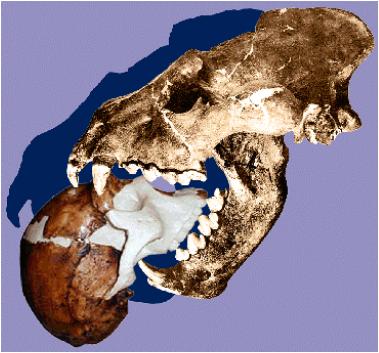
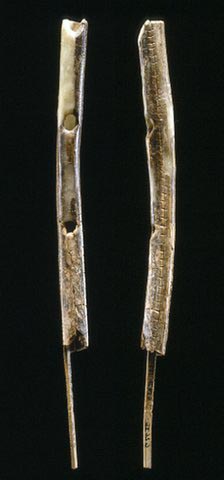
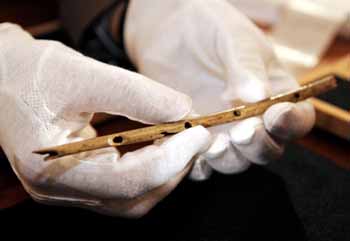
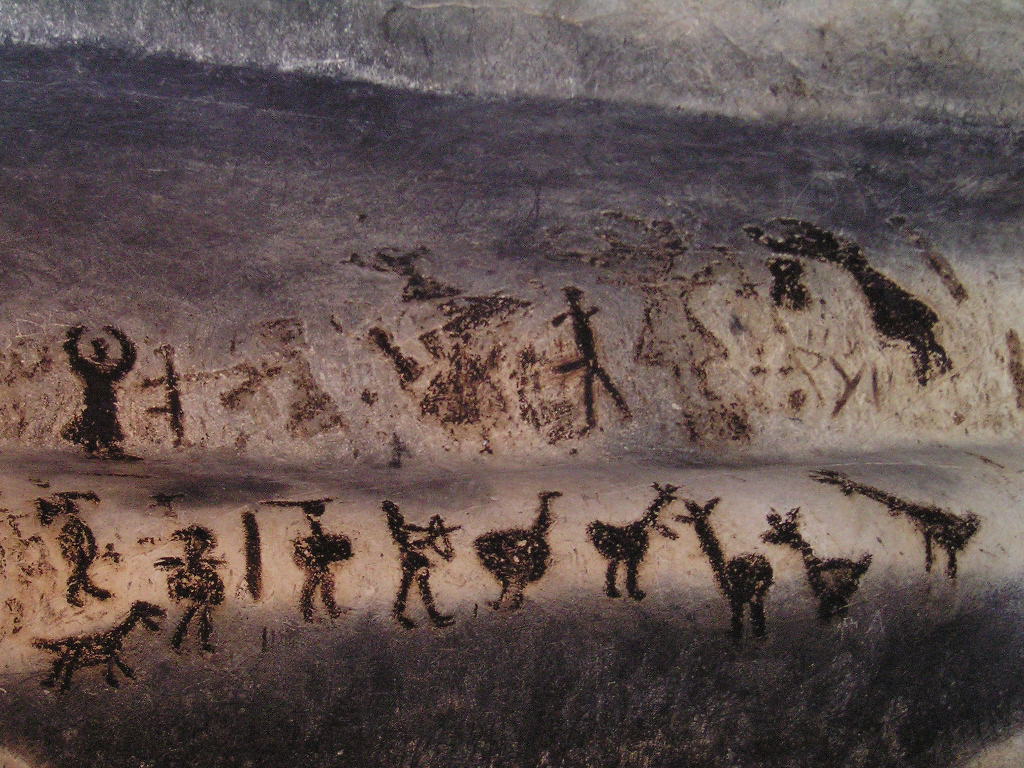
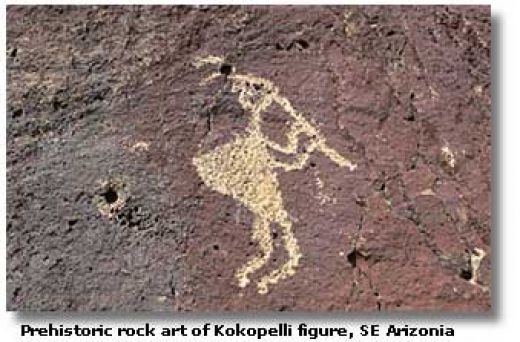


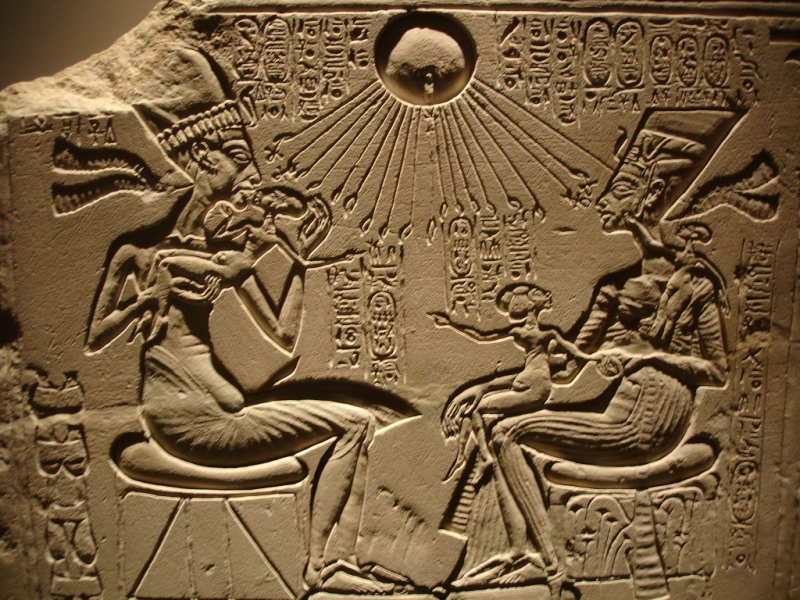
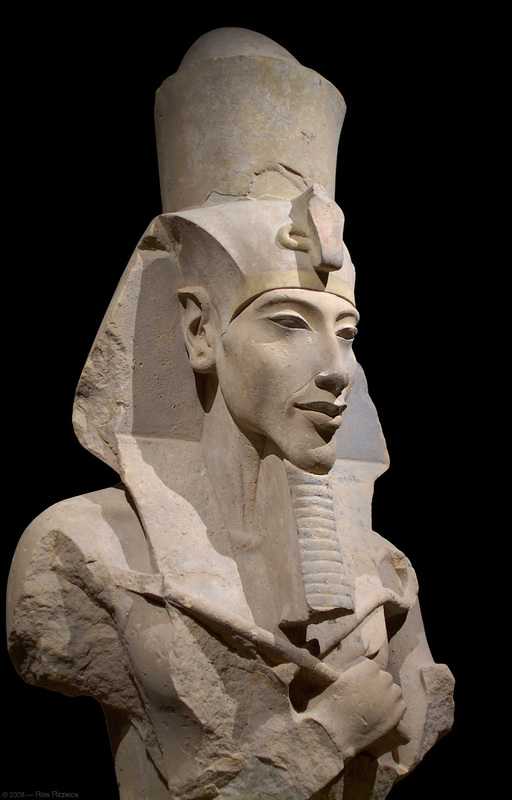
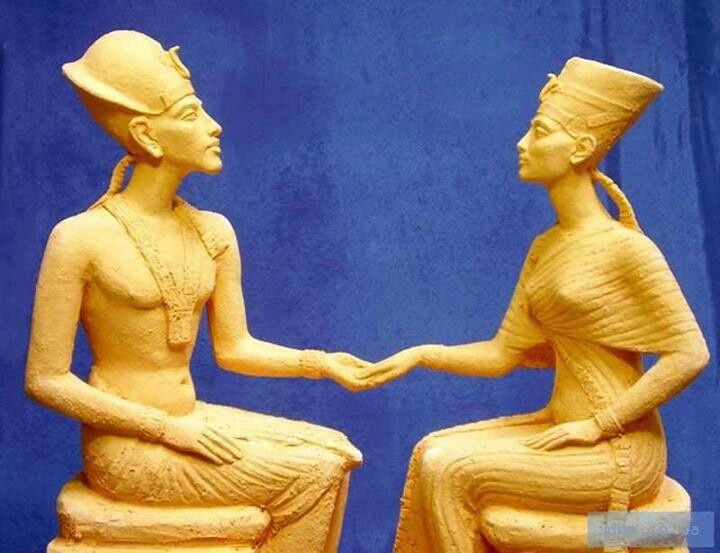
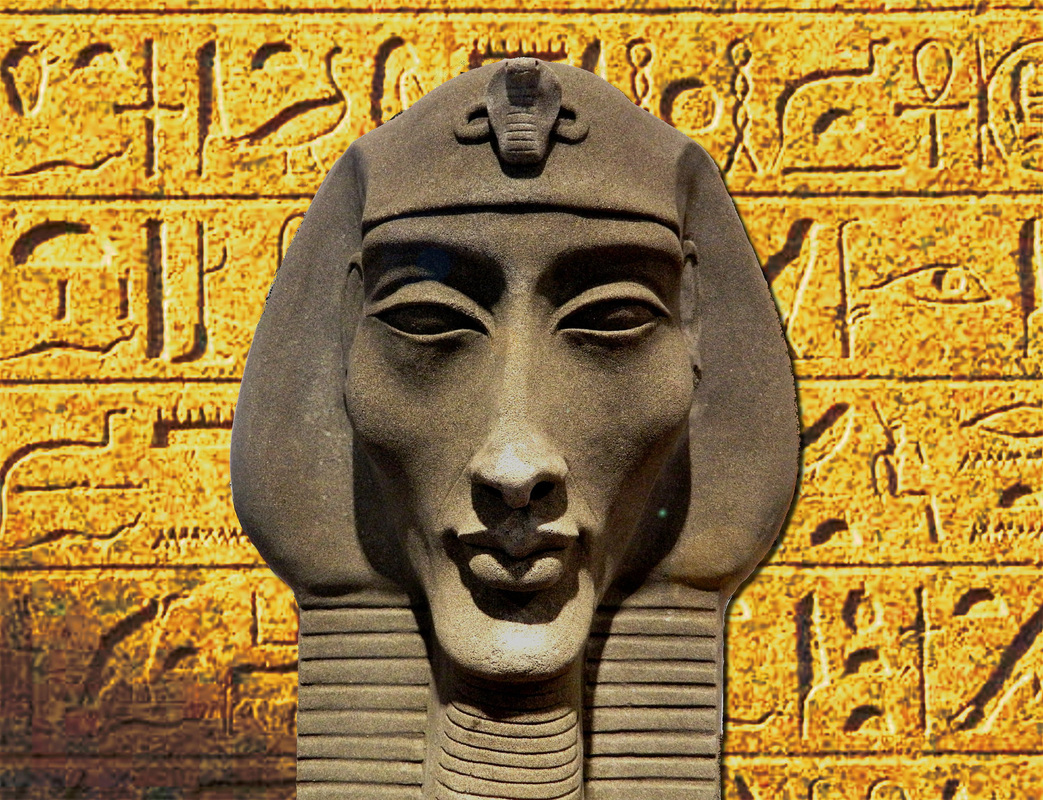


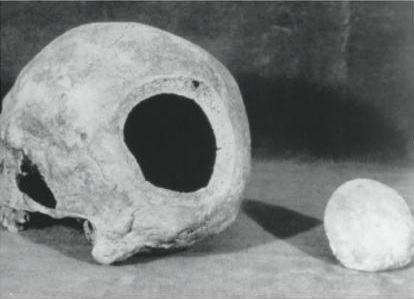
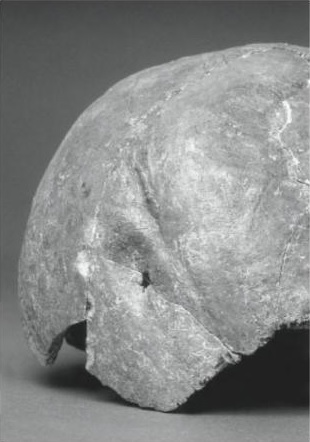
 RSS Feed
RSS Feed
